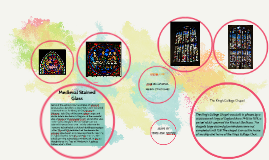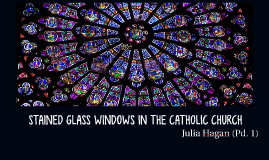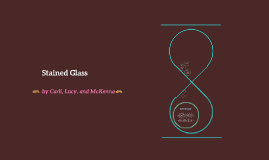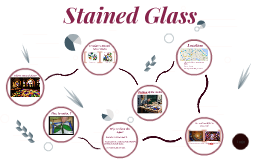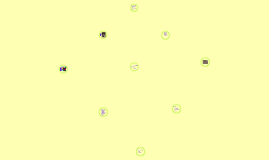Stained Glass
Transcript: Fourth Century “Stained Glass Windows.” St. Laurence, ECatholic, stlaurence.org/stained-glass-windows. salvation coming down into the world How God is revealed through creation Corbis, Tony Correa, Patrick Danczewski, Chris Danielson, Konrad Fiedler, John Glover, Peter Mauss, Chris La Putt, Chris Sheridan and Zvardon. “Photo Albums.” St. Patrick's Cathedral, ECatholic, saintpatrickscathedral.org/photoalbums. expensive- loopholes? 2 hidden symbols (abstract) Hand Stained St. Laurence Catholic Church Scaled with France's High Gothic churches Saints glorify God Windows depict Saints glorifying God Windows glorify God Cathedral Colored glass “Stained Glass for Church & Sanctuary Remodeling & Renovations.” Church Interiors, Inc., Church Interiors, Inc., www.churchinteriors.com/stained-glass/. sun-divine light , brings life into creatures in glass phoenix- ancient symbol for immortality, soon in Christianity with resurrection Used Old World methods Represent glorified bodies in Heaven St. Cecilia, St. Thomas More Comes alive, moves with the light of day Monasteries in Europe- monks (ash, river sand, organic materials) Bibliography Invisible to the surrounding world We see Saints, Saints see God (also transformed by heavenly vision) St. Patrick's Cathedral, NYC Saints hold items associated with their significance Stained class Twelfth-thirteenth Idealized furca (fork)- medieval symbol for trinity Opalescent Resurrection Window General types "picture photographers" Pope Benedict Beautiful inside Stained Glass Bou-si Valentin Catches sun, reflect, refract, magnify Didn't have the technology perfect, better than reality Analogy Qualities When? Purpose and Meaning Why not Realistic? Examples






